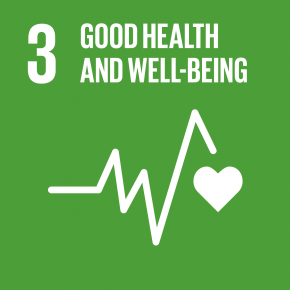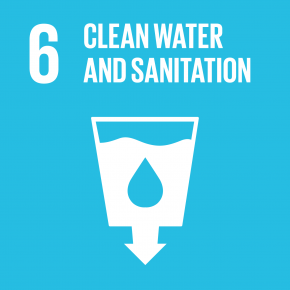|
Title |
Associate Professor |
|
Researcher Number(JSPS Kakenhi) |
00538275 |
|
Laboratory Address |
207 Uehara,Nishihara,Okinawa |
|
Mail Address |
|
|
Laboratory Phone number |
-2198 |
|
Laboratory Fax number |
-2198 |
|
|
|
Nonaka Daisuke
|
|
|
Current Affiliation Organization 【 display / non-display 】
-
Concurrently University of the Ryukyus Graduate School of Health Sciences Division of Health Sciences Associate Professor
-
Duty University of the Ryukyus Faculty of Medicine Health Sciences Associate Professor
Graduate School 【 display / non-display 】
-
2007-2009
The University of Tokyo Master's Course Completed
-
2009-2011
The University of Tokyo Doctor's Course Completed
Academic degree 【 display / non-display 】
-
The University of Tokyo - Ph. D. (Health Sciences)
-
The University of Tokyo - Master (Health Sciences)
External Career 【 display / non-display 】
-
2008.12-2011.03
-
2011.04-2015.04
-
2015.04
Affiliated academic organizations 【 display / non-display 】
-
2005.04-Now
Japan Association for International Health
-
2006.04-Now
Japanese Society of Tropical Medicine
Research Areas 【 display / non-display 】
-
Life Science / Hygiene and public health (laboratory)
-
Life Science / Gerontological nursing and community health nursing
Research Theme 【 display / non-display 】
-
Community health research based on the primary health care approach
-
Risk factor analysis and intervention planning for malaria control
Published Papers 【 display / non-display 】
-
Impact of health systems reform on COVID-19 control in Sierra Leone: a case study.
Jones-Konneh TEC, Kaikai AI, Bah IB, Nonaka D, Takeuchi R, Kobayashi J
Tropical medicine and health 51 ( 1 ) 28 2023.05 [ Peer Review Accepted ]
Type of publication: Research paper (scientific journal)
-
Access this article
-
Search related information
-
-
An Y, Teo AKJ, Huot CY, Tieng S, Khun KE, Pheng SH, Leng C, Deng S, Song N, Nonaka D, Yi S
BMC pulmonary medicine ( BMC Pulmonary Medicine ) 23 ( 1 ) 83 2023.03 [ Peer Review Accepted ]
Type of publication: Research paper (scientific journal)
-
Access this article
-
Search related information
-
-
An Y, Teo AKJ, Huot CY, Tieng S, Khun KE, Pheng SH, Leng C, Deng S, Song N, Nonaka D, Yi S
BMC infectious diseases ( BMC Infectious Diseases ) 23 ( 1 ) 80 2023.02 [ Peer Review Accepted ]
Type of publication: Research paper (scientific journal)
-
Access this article
-
Search related information
-
-
Nonaka D, Inthavong N, Takahashi K, Chanthakoumane K, Toyama Y, Luangphaxay C, Pongvongsa T, Kounnavong S
Tropical medicine and health ( Tropical Medicine and Health ) 50 ( 1 ) 90 - 90 2022.11 [ Peer Review Accepted ]
Type of publication: Research paper (scientific journal)
-
Access this article
-
Search related information
-
-
Factors Associated with Delayed Diagnosis among Patients with COVID-19 in Okinawa, Japan.
Oiwake HY, Nonaka D, Toyosato T
International journal of environmental research and public health ( International Journal of Environmental Research and Public Health ) 19 ( 14 ) 8634 - 8634 2022.07 [ Peer Review Accepted ]
Type of publication: Research paper (scientific journal)
-
Access this article
-
Search related information
-
Grant-in-Aid for Scientific Research 【 display / non-display 】
-
Grant-in-Aid for Scientific Research(C)
Project Year: 2019.04 - 2022.03
Preferred joint research theme 【 display / non-display 】
-
Impacts of U.S. bases on the health of Okinawa people
SDGs 【 display / non-display 】
-
1. 健康行動の測定・分析や行動変容の促進
2. 基本的衛生行動の測定・分析や行動変容の促進
3. 健康格差の測定・分析や格差是正のための方策提案







